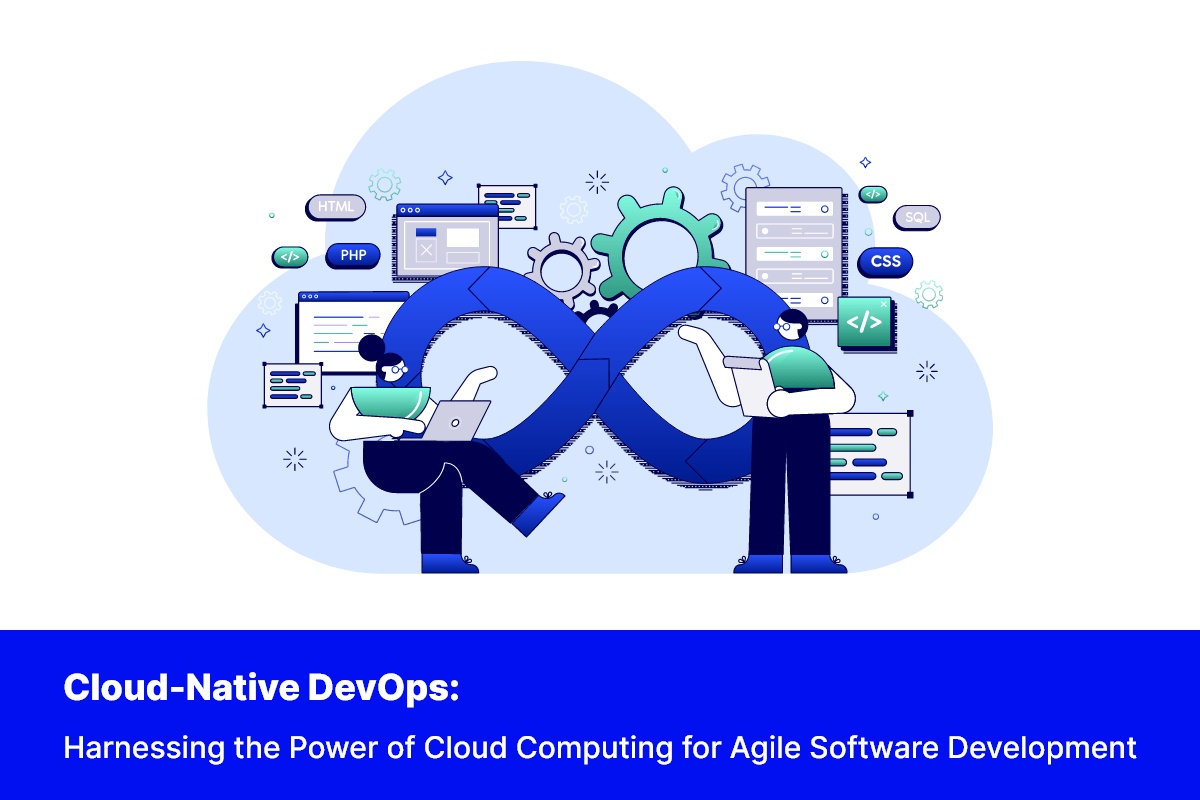The digital era brings rapid changes. The cloud in dev processes is key for businesses to compete and innovate. This blog explores how flexible tech helps firms adapt to the cloud in dev processes. It allows streamlining, efficiency, and driving success in the digital landscape.
Understanding Cloud in Dev Processes
Cloud in dev processes covers aspects developers face when using cloud computing in software development. Scalability is crucial, ensuring apps handle demand without performance issues. Security is paramount, with robust measures to protect data and maintain trust as threats evolve. Cloud flexibility allows dynamic resource allocation and deployment, influencing dev strategies.
Developers navigate these factors to leverage cloud benefits while addressing challenges. This needs deep cloud service/platform knowledge and adaptability to rapid technological change in the cloud ecosystem. Grasping these cloud reality elements prepares dev processes to use cloud tech effectively. It ensures projects are scalable, secure, and flexible for the digital marketplace's demands.
The Core Principles of Agile Infrastructure
Agile infrastructure embraces iteration. Projects advance through teamwork by self-organizing, cross-functional groups. This collaborative approach drives flexibility, fostering innovation through rapid adjustments to feedback and evolving needs.
Automation is essential, reducing manual tasks, minimizing errors, accelerating processes. Code deployment, infrastructure provisioning, and more are automated, ensuring consistency across environments.
Agility demands rapid adaptation to change. Cloud computing's dynamic landscape requires swift response to new technologies, scaling demands, security challenges. Agile infrastructure enables organizations to embrace, not resist, change - cultivating continuous improvement. Through these core principles, businesses create environments supporting current cloud initiatives while building robust foundations for future digital innovations and growth.
Agile Infrastructure Practices for Cloud Adaptation
Imperative for organizations. Employ practices underscoring efficiency, flexibility. Deploy container technology – simplify application deployment across environments, enhance portability and consistency. Integrate CI/CD pipelines into processes – streamline workflows, enable frequent, reliable code updates, minimal manual intervention. Adopt Infrastructure as Code (IaC) – critical practice. Transform provisioning and managing cloud resources. Codify infrastructure, automate setup, scale environments, reduce potential errors, and ensure deployment consistency. Leverage serverless architectures – focus on code, not server management, scale apps seamlessly based on demand. Organizations enhance cloud adaptation capacity significantly. Dev workflows efficient, resilient to change.
Good To Read :- Why Do Enterprises Need Cloud Transformation?
Overcoming Challenges with Agile Infrastructure in the Cloud
Navigating agile cloud infrastructure comes with unique difficulties. Scalability is a key issue that necessitates architecture for adjusting to workload variations. Security, too, proves challenging as protocols need monitoring and updates to counter emerging threats. Compliance with regulations adds complexity, requiring agility balanced with legal adherence. Implementing agile infrastructure also demands a workforce skilled in new technologies, highlighting ongoing education needs.
To address these challenges, organizations should integrate scalable cloud services, implement comprehensive security measures, and foster continuous learning cultures. Regular audits, compliance checks, and cloud provider partnerships offer valuable insights for cloud adaptation. By strategically tackling these obstacles, organizations can harness agile infrastructure benefits, streamlining cloud dev workflows and positioning themselves for digital landscape success.
Real Triumphs of Elastic Computing Workflows
Agile infrastructure adoption has enabled numerous enterprises to refine cloud development. Spotify harnessed containerization, microservices for easy scaling, fast feature rollouts for its global music streaming service. It manages millions of connections while seamlessly integrating new functions without downtime. Handmade marketplace Etsy automated pipelines for continuous integration, deployment. This enabled Etsy to increase deployment from weekly to several daily - rapidly iterating offerings based on user feedback. Spotify, Etsy showcase how agile infrastructure transforms cloud workflows using automation, scalability, rapid change response. Their successes underscore adopting similar strategies for greater agility, innovation.
Must Read :- Top DevOps Tools: When To Choose What Tools?
Charting Tomorrow's Nimble Development Paths
Cloud-based agile infrastructure integration within development workflows heralds a transformative software era. A more dynamic, scalable, secure approach is not adaptation - but competitive necessity in the evolving digital landscape. Practices like containerization, continuous integration/deployment, Infrastructure as Code, serverless architectures will shape future resilient, efficient development processes.
Businesses adopt agile methods to create software rapidly and flexibly. These approaches make it easier to respond to customer feedback. They allow companies to meet and exceed user expectations. Key to success is a culture focused on constant learning and innovation. This prepares teams to navigate cloud tech nuances effectively.
Agile infrastructure and cloud computing have a close relationship. As they evolve, dev workflows will become even more automated. There will be less time between development and deployment. Businesses can react to market shifts swiftly. Cloud and agile capabilities keep expanding. Companies using them will lead digital innovation. They can deliver cutting-edge solutions defining market standards.
Ready to innovate? Connect with Top Software Product Development Agencies in India and embark on a journey of success!
Wrapping up
To summarize this post, organizations pursuing cloud computing need agile infrastructure. It enables iterative development, automation, and rapid change response. It provides a blueprint for dynamic, scalable, secure systems meeting digital demands. Adopting containers, CI/CD pipelines, Infrastructure as Code, and serverless architecture boosts adaptability, efficiency, competitive edge. Embracing agile infrastructure requires continuous improvement commitment, ongoing learning, innovation. It challenges firms to foster change-receptive, proactive cultures leveraging tech advances. Agile infrastructure optimizes cloud-based dev workflows, enabling swift, effective delivery of superior user-centric solutions.


No comments yet